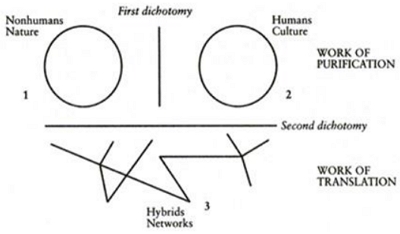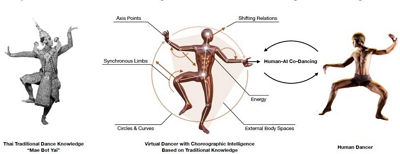

This study explores the advent of AI civilization and the need to redefine humanity in the face of rapid technological advancement. Tracing the evolution of digital technology from simple automation to intelligent agents capable of independent decision-making, it turns out that the rise of AI and humanoid robots blurs the line between humans and non-humans, challenging the long-standing human-nonhuman dichotomy rooted in Western philosophy. Based upon the examination of the shifts in ontology, from Cartesian dualism to monistic and relational perspectives, this study suggests that humans, living beings, and objects are evolving in a connected, co-dependent system. The emergence of cyborgs, AI, and bioengineering raises critical question about the identity of the humanity. With AI and enhanced humans gaining agency, traditional definition of humanity become obsolete and demand for an extended concept of the human in the post-AI era is growing.

Multimodal generative Artificial Intelligence is an omnipresent technology in our post-industrial societies, as it has penetrated all areas of daily life, from social and commercial relations to the various fields of science and industry, communication, leisure and culture in general. This is to discuss whether AI is applicable to the field of artistic creation in general and to bodily arts such as dance in particular, taking into account emotional sensitivity and creativity, factors that are difficult to generate by a machine. In this article we will discuss examples of corporal artistic manifestations, in the domain of dance, in which corporality itself is called into question in the face of these interactions with humanized bodies conceived, created and “brought to life” by the magic of generative AI. The learning models developed by different Artificial Intelligence software allow these bodies to dance, model or evolve in scenographic spaces created

